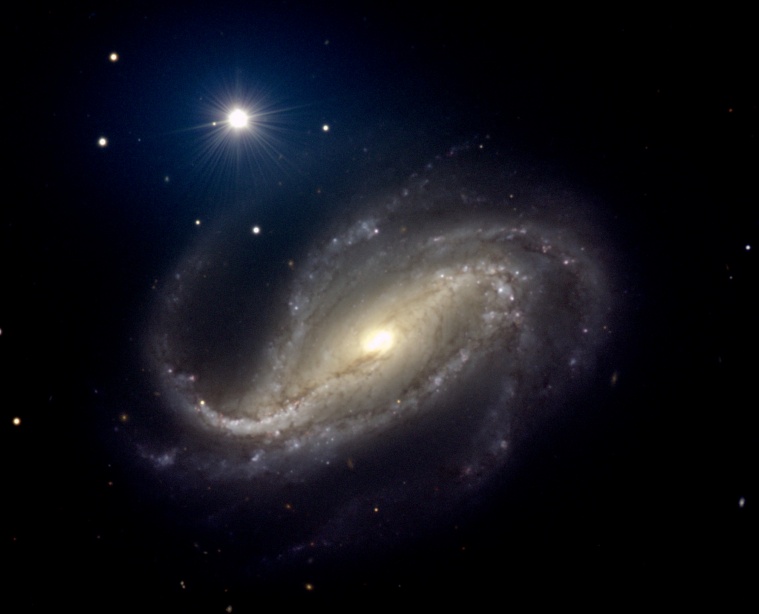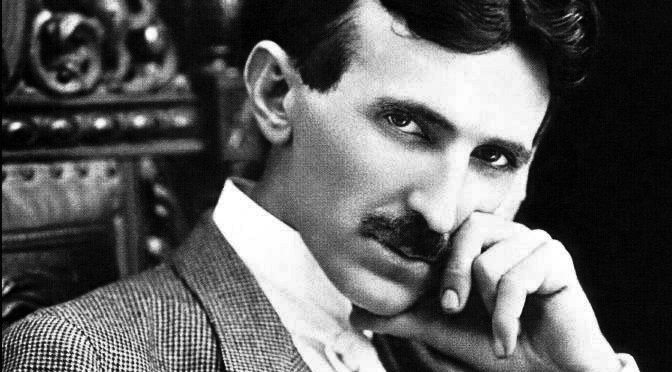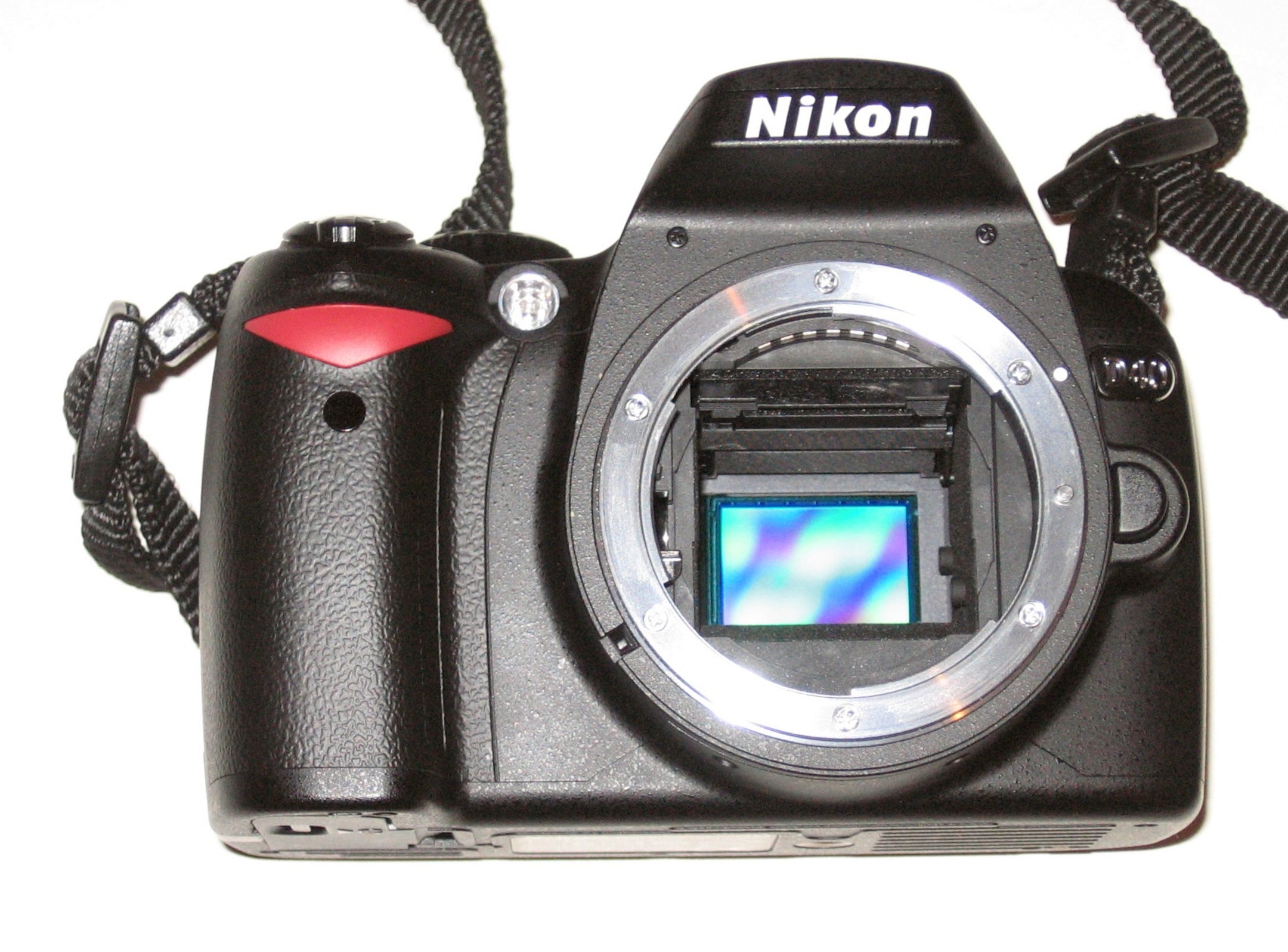
An amateur astronomer from Rosario, Argentina, has accomplished an historic first: capturing the initial moments of a supernova explosion on film.
Although astronomers spot hundreds of supernovas each year, none had previously spied the bright, brief moment when the shock wave first bursts out from the star’s interior — until now.
Read/listen to my full story at KJZZ’s Arizona Science Desk:
Amateur Astronomer Accidentally Photographs Previously Unseen Supernova Event



